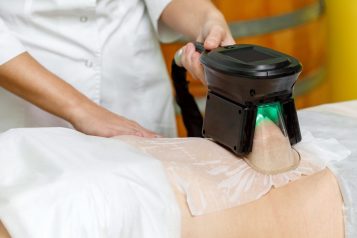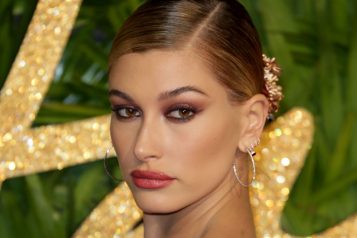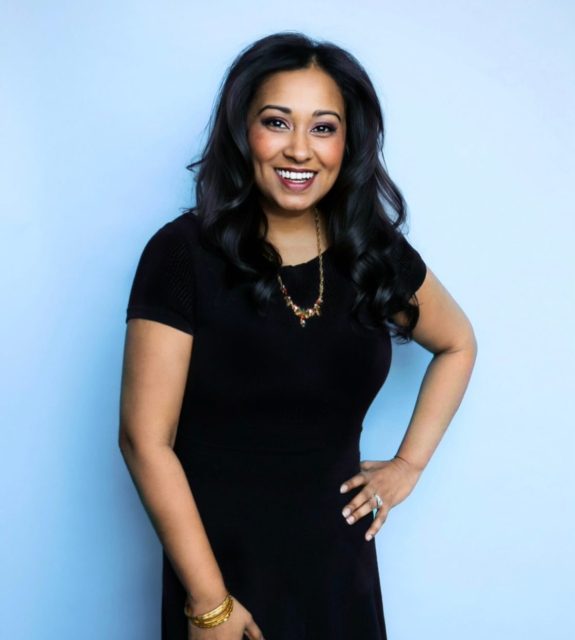Dr. John Mesa is a Harvard-trained, triple fellowship-trained plastic surgeon who is known for his extraordinary surgical techniques and stunning results. His specialty is cosmetic plastic surgery for the face and neck. He is known for delivering premier, individualized care and for achieving consistently beautiful, natural-looking results. Dr. Mesa has had extensive fellowship training at top educational institutions, including Harvard. His strong credentials have given him a unique set of skills for cosmetic plastic surgery. Dr. John Mesa is a Board Certified Plastic Surgeon that specializes in Chubby Cheek Reduction or Buccal Fat Removal with offices in New York City, New Jersey, and Miami. Haute Beauty expert Dr. John Mesa discusses 10 facts about chubby cheeks and Chubby Cheek Reduction surgery.
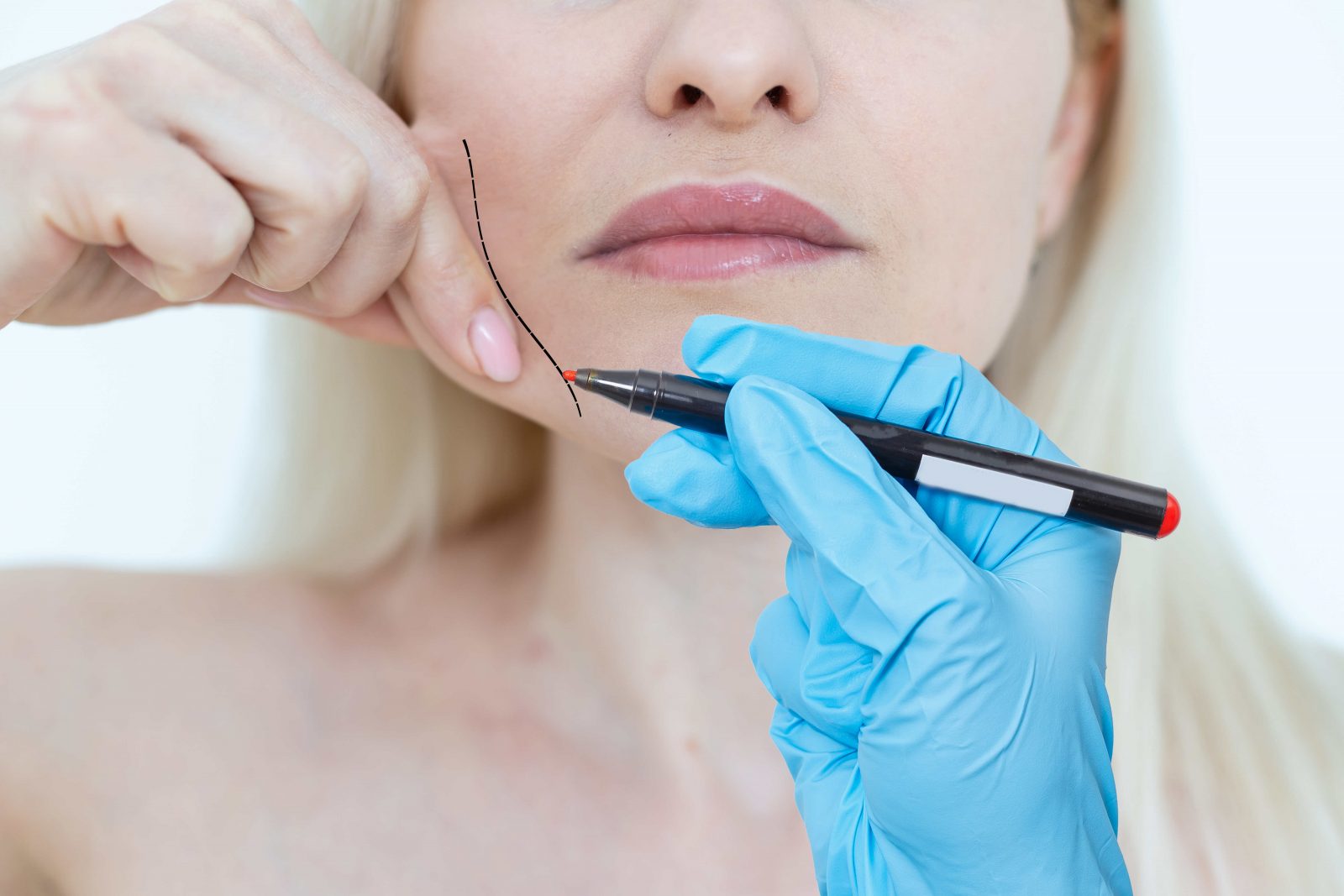 Photo Credit: Shutterstock
Photo Credit: Shutterstock
What causes chubby cheeks?
Chubby cheeks on people with normal weight or mildly overweight is a physical finding commonly caused by enlarged buccal fat pads. Buccal fat pads are distinct pockets of fat located in the lower anterior portion of the face (cheeks). When these buccal fat pads are enlarged, they make the face look rounder, chubby, less angular, and sometimes childish. Enlarged buccal fat pads often run along with family members (they are inherited). Certain ethnic groups (e.g., Asians) are prone to present chubby cheeks. On obese patients, chubby cheeks are caused by both enlarged buccal fat pads and enlarged subcutaneous tissue (fat ) under the skin of the face. In people who tend to chew gum or crushed ice with their teeth frequently, chubby cheeks can also be caused by enlarged masseter muscles (masticatory muscle of the face).
Can chubby cheeks be reduced with diet and exercise?
Very often, chubby cheeks (caused by enlarged buccal fat pads) are resistant to decrease in size with diet and exercise. This is because the buccal fat pads have a robust blood supply that nurtures those distinct pockets even when there is a caloric deficit with diet and exercise.
Do chubby cheeks run in the family?
Yes, very often chubby cheeks run along with several generations of family members (grandparents, parents, siblings, etc.).
Will chubby cheeks decrease in size with increasing age?
Very often, chubby cheeks tend not to decrease in size with aging. Although very few people lose facial weight with aging, most people with chubby cheeks tend to maintain their chubby cheeks their entire life. Not infrequently, chubby cheeks tend to get more prominent as we age.
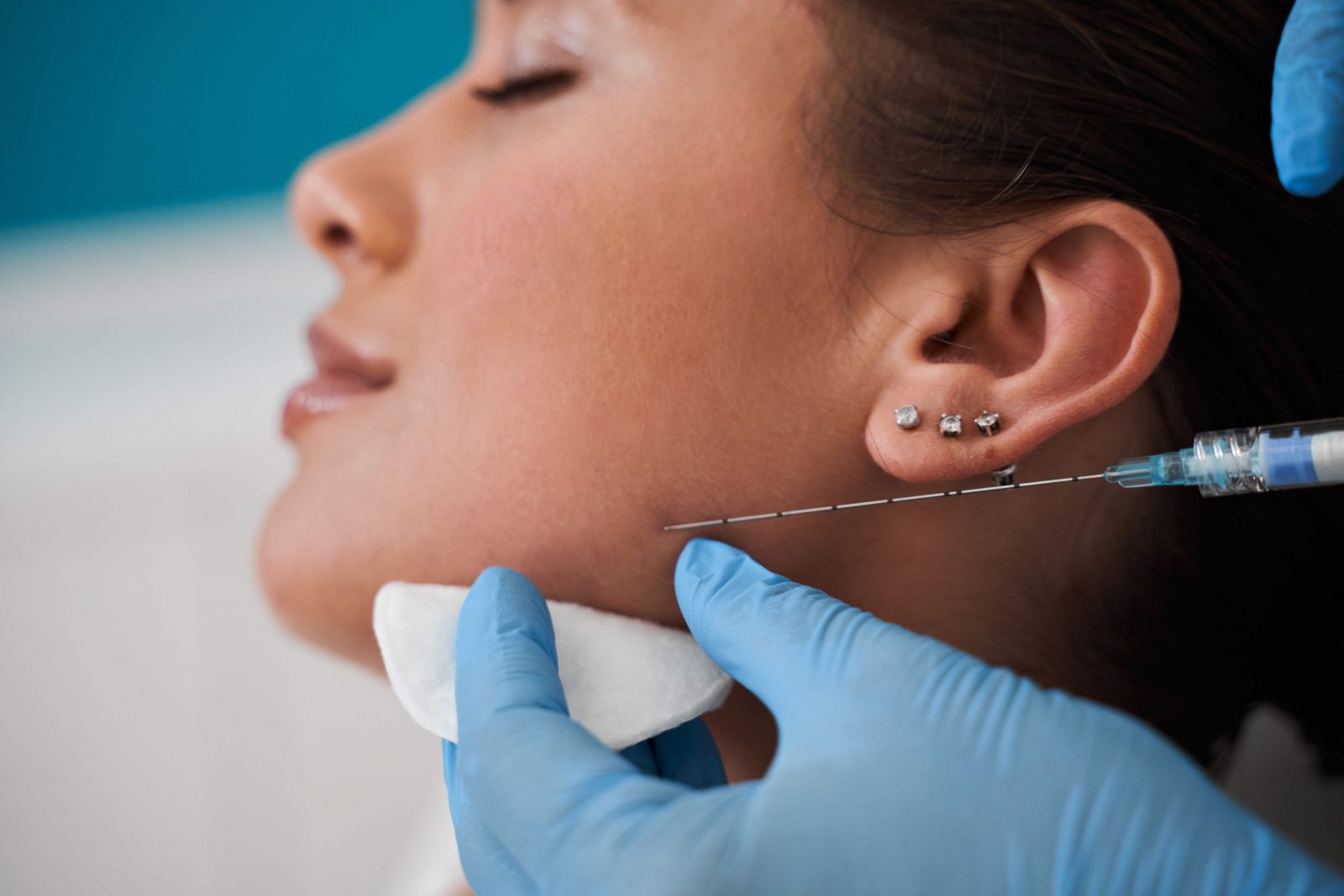 Photo Credit: Shutterstock
Photo Credit: Shutterstock
Do Botox Injections to the masseter correct chubby cheeks?
Botox injections to the masseter could correct chubby cheeks on patients whose chubbiness is caused only by enlarged masseter muscles (e.g., on patients who frequently chew gum). When a patient has chubby cheeks caused by a combination of both: enlarged buccal fat pads and enlarged masseter muscle, Botox injections to the masseter tend to “not work.” This is because the chubbiness of the face caused by the enlarged buccal fat pads (which is in the anterior lower portion of the cheeks) “hide” the results of the Botox Injections to the masseter (which is located in the posterior lower portion of the cheeks).
What is Chubby Cheek Reduction Surgery?
Chubby cheek reduction surgery, also known as buccal fat removal, buccal fat excision, and bichectomia (in Spanish), is a cosmetic plastic surgery procedure that permanently removes the buccal fat pads, which removes the fullness of the lower anterior cheeks (corrects chubby cheeks). The surgery allows the patients to achieve a thinner, more V-shaped chiseled facial look. Chubby cheek reduction surgery or buccal fat removal allows patient candidates to accomplish a celebrity-like or high fashion model-like facial look like Chrissy Teagan recently revealed on her social media.
Who is a good candidate for chubby cheek reduction surgery?
People with chubby cheeks that have normal weight or are mildly overweight are usually good candidates for the procedure. Patients who consider their face to be overly round, childish, or without a good definition of their cheekbones are also good candidates. Patients who have chubby cheeks and have high cheekbones are excellent candidates for the procedure. High cheekbones are the foundation to have a chiseled V-shaped facial look after chubby cheek reduction surgery.
Is it possible to remove all the fat that causes chubby cheeks?
Yes, on patient candidates (e.g., those with high cheekbones), all (100%) of the buccal fat pads can be removed. Patient candidates with normal weight and high cheekbones who elect to remove 100% of their buccal fat pads tend to achieve a high fashion facial look.
Is it possible to remove just a portion of the fat that causes chubby cheeks?
Yes, it is possible to remove just a portion of the buccal fat pads. Since everybody has different preferences, in my practice, I customize the amount of buccal fat pads I remove during chubby cheek reduction surgery. The most common amount of buccal fat pad I remove in my practice is around 70% to 80%.
When can I see the results of chubby cheek reduction surgery?
The results of chubby cheek reduction surgery can start to be seen as early as 3 weeks post-surgery. However, the full results of the surgery can be evidenced once all the post-surgical swelling is resolved, generally about 12 weeks post-procedure.






